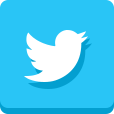Beginner Sewing Patterns
Using a sewing pattern is an essential skill for anyone learning to make their own clothes or accessories. Patterns act like a map for your fabric, showing you exactly where to trace, cut, and sew. Start by carefully pinning or tracing the pattern pieces onto your fabric, making sure to follow the grainline and use a ruler for accuracy. Cutting along the lines may seem simple, but precision here ensures the final piece fits and functions as it should. Always mark notches, dots, or fold lines before removing the pattern, as these guide your sewing steps. Learning to read and follow a pattern builds confidence and opens the door to endless sewing possibilities.
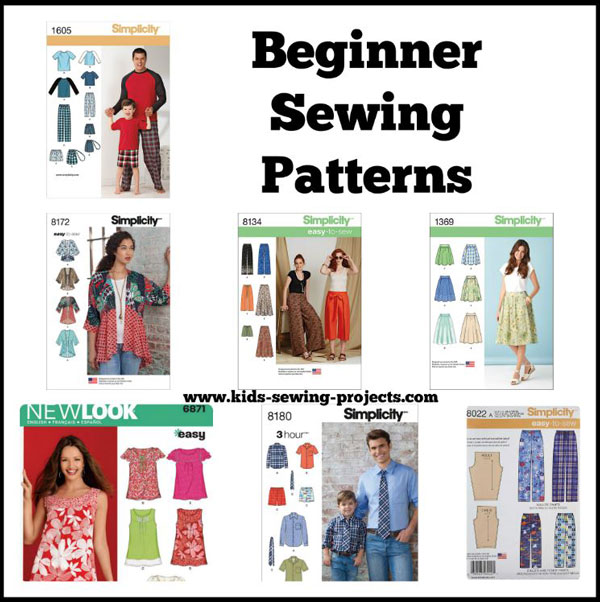
Learning How to Use a Pattern
Using a sewing pattern is one of the best ways for beginners to learn the structure and flow of a sewing project. Patterns come with detailed instructions and outlines that guide you step-by-step, so even if you've never sewn before, they give you a clear starting point. Here's how to get the most out of them:- Start by reading through the entire pattern first-even before you touch your fabric. This gives you an idea of how the pieces will come together and helps you avoid surprises. Most beginner patterns include a list of required tools, fabric types, and how much yardage you'll need.
- When you're ready to begin, carefully cut out the paper pattern pieces along the solid lines. If you want to keep the original pattern intact, you can trace the shapes onto pattern tracing paper or tissue.
- Pin the pieces to your fabric, making sure the grainline arrows on the pattern match the direction of the fabric's weave-this is important for the garment or project to hang properly.
- Next, trace the cutting lines, notches, and markings using tailor's chalk or a washable fabric marker. Don't skip these marks-they're critical for lining up seams and knowing where to place elements like zippers or pockets.
- After cutting your fabric, follow the pattern's sewing instructions in order. You'll often be directed to sew with right sides together and to press seams flat at each step. Patterns often use symbols and shorthand, so keep a glossary nearby or use beginner-friendly patterns that spell things out clearly.
Sewing from a pattern teaches you good habits like measuring twice, working with seam allowances, and building confidence in reading instructions. Over time, you'll start recognizing common pattern elements and will be able to customize and even design your own sewing projects!
**You can make your own pattern as well, by using clothes you wear now.
Pajama Pants and Shorts Pattern
An easy beginning project could be pajama pants, one of my favorite patterns.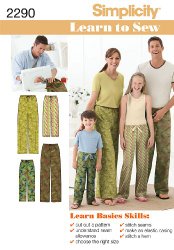
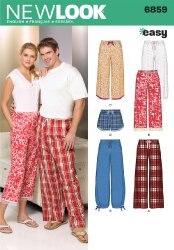
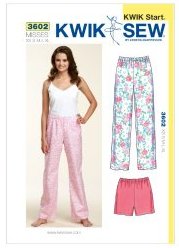
Cute Top Patterns
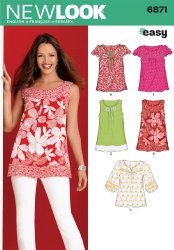
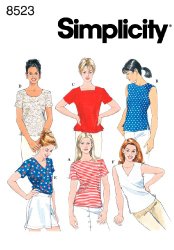
Skirt Patterns
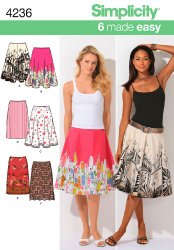
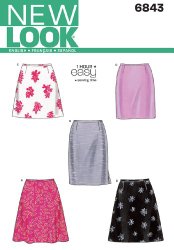
Dress Patterns
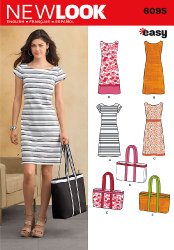
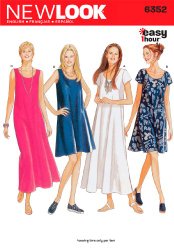
Add Sewing Posters including a Reading Pattern Markings Poster available here:
Related Pages:
~Sewing Supplies,~ Kids Books, ~Sewing Machines, ~ Notions Store,~ Kids Sew Kits, ~ Online Fabric Shops,~ Beginner Patterns,~ Sewing Kit in a Jar
Follow Kids Sewing Projects

